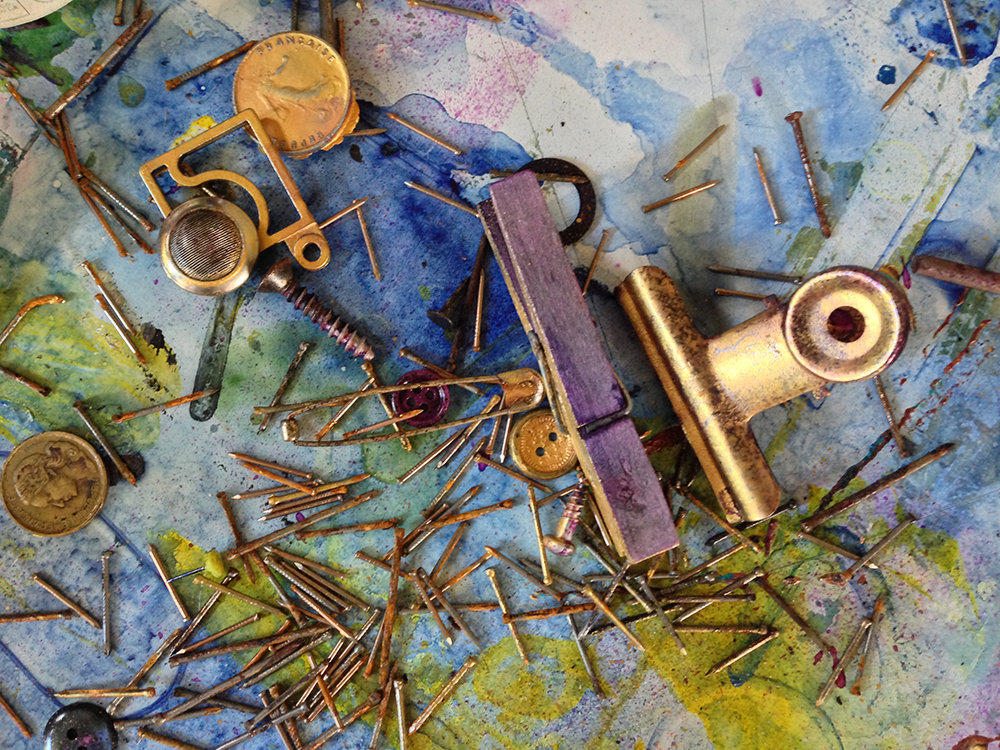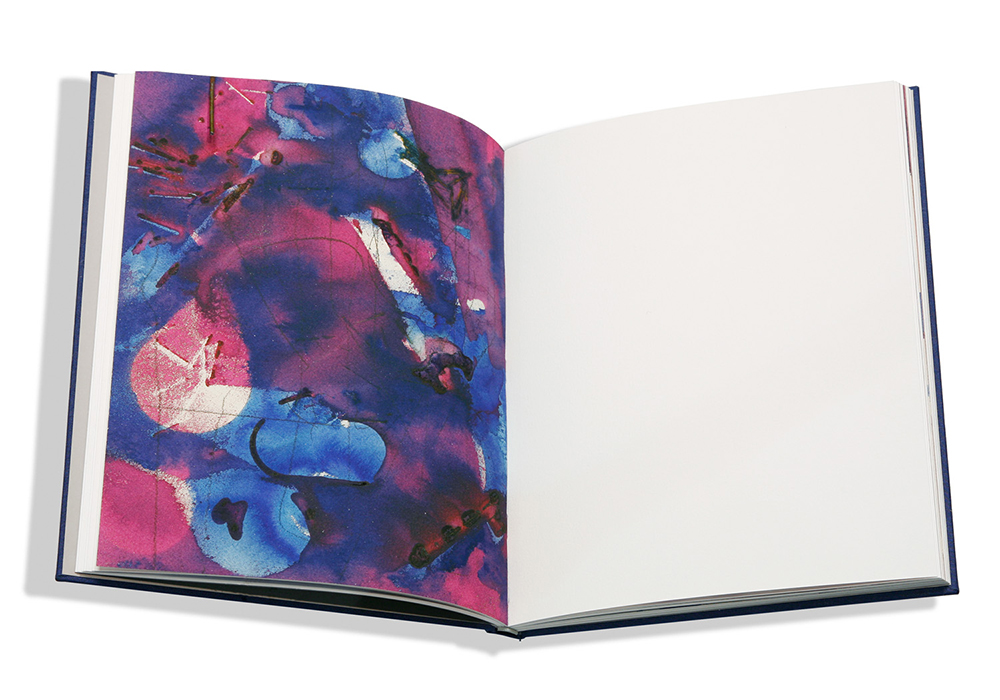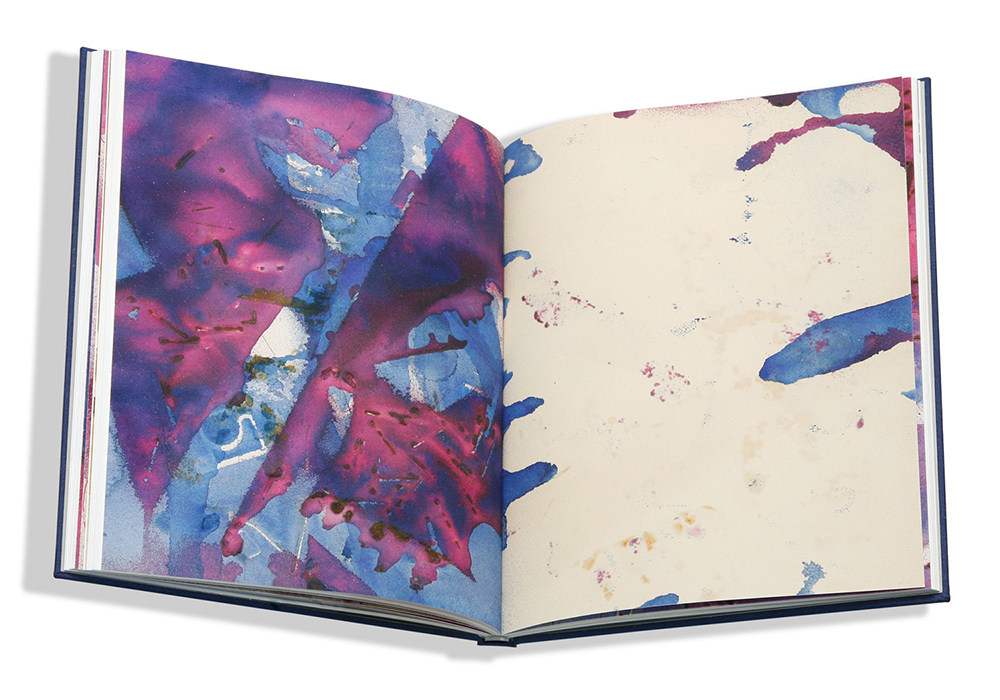US artist Liam Everett takes PORT through the process behind his latest work, a book inspired by his father-in-law’s collection of broken hammers and rusted chisels

Bruno Tollon taught History of Art at the University of Toulouse for 50 years and was known as an avid collector of tools. Rusting in the haphazardly stacked boxes in the professor’s garage in France are broken hammers, roofing chisels and keys for doors that no longer exist. Some have been repurposed by Tollon, serving as paperweights or containers for paper clips, and some have been mended, but many lie dormant. It is an impressive collection, with some tools dating back over 300 years. But for abstract painter Liam Everett – Tollon’s son-in-law, who had set-up a studio in the garage – their significance was not immediately apparent.

“I had known about this collection for almost 15 years,” Everett tells me on the phone from his current home in rural California. “I began pulling them together, creating a catalogue of probably about 13 different tools, not with any other intention than other than to familiarise myself with them. It’s very much the way I work in painting, beginning to work without an idea.”
Everett’s paintings are typically large-scale works, the product of alternately accretive and reductive processes that, in their gestural mark-making, evoke the movements of the artist. But for UTILE/INUTILE, published by RITE EDITIONS, Everett decided to work in a more intimate medium.
“I usually try and avoid narrative, I’d rather that rises up from the work itself,” explains Everett when asked why he felt the book was the best format for the work. “But Bruno started visiting my studio space every morning. He would pick up one of the tools on my desk and tell me the story , the memory that they evoked. Whether I liked it or not the project began to have a narrative.”

While in France, Everett delved further into Tollon’s collection and found a block of watercolour paper and ink that was over half a century old. After cracking open the jars of ink with vice grips and heating up the solidified ink (a process that Everett compared to painting), he soaked the tools in a mixture of alcohol, ink and salt to stabilise the metal and speed up the oxidisation process so they would deposit rust. Then he simply laid them on the paper and left them in the direct Mediterranean sun.
“After about two or three hours I would shift them on the paper and spray the same ink solution from above. At this point they just looked like cyanotypes,” he tells me. “You’re just getting the outline of the form like a primitive photocopy, but I repeated the process 20 to 25 times. I wanted the outlines of the tools to dissolve into a kind of static… I didn’t want the thing to be so literal.”
Although the images that result – half-realised, half-translucent forms in vibrant purples and blues and greens – are both compelling and beautiful, it was, for Everett, the act of producing the work that held the most importance, rather than the finished product. “For me the process wasn’t so much to make an image, but rather to handle the tools,” he explains. “To have a kind of influence with these objects, these things that were made only to have one purpose.”

By reminding us that tools like this that have been made redundant by new technology and lost techniques, Everett continues the themes of his large scale painting – of work done and of physical activity – into the book format. But UTILE/INUTILE goes further than this. The impressions of the tool, first on Tollon’s memory and then later on the watercolour paper, speak universally, while quietly evoking life’s aggregate of time and experience.




